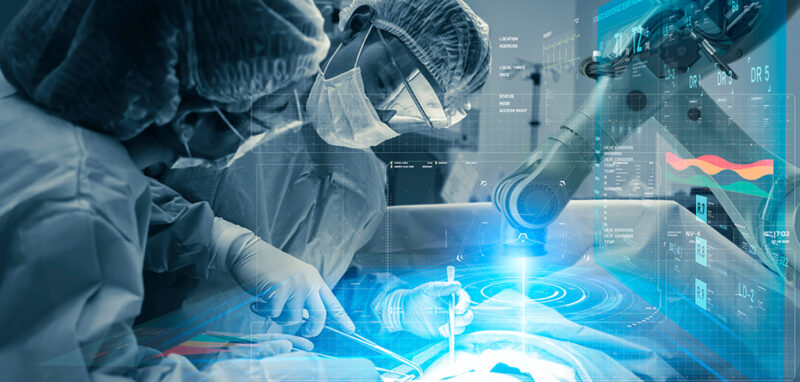Robotic surgery, also known as robotic-assisted surgery, is a surgical method that allows healthcare providers to perform complex surgical procedures with greater control, precision and flexibility that other conventional surgical procedures. Essentially, this method involves the use of a camera and other small surgical equipment that are attached to robotic arms. Robotic surgery uses artificial intelligence to help provide the operating surgeons with smart robotic tools and other surgical instruments, which they use to navigate the patient’s body more accurately. In this article, we will discuss everything you need to know about robotic surgery Dallas.
Conditions Commonly Treated With Robotic Surgery

There are several types of surgical procedures that can be carried out using the robotic-assisted technology including:
- Colorectal surgery. Such as treatment for Crohn’s disease and colon cancer.
- Thoracic surgery. For conditions affecting the lungs, such as esophageal cancer or lung tumors.
- Head and neck surgery. Such as thyroid cancer, and tumors of the tongue or throat.
- Urological surgery. Such as kidney stones, prostatectomy, bladder surgery, urinary incontinence, and partial or total kidney removal.
- Heart surgery. Such as mitral valve prolapse, atrial fibrillation, and coronary artery bypass.
- Gynecologic surgery. Such as tubal ligation, uterine fibroids, cervical cancer or tubal ligation.
- General surgery. Such as gastric bypass surgery, pancreatic surgery, gallbladder removal, gastric banding and more.
- Heart surgery. Such as mitral valve prolapse, artery bypass, atrial fibrillation and more.
What Can I Expect During Robotic Surgery?
Before the actual procedure, your doctor will give general anesthesia, which means you will be asleep during the entire surgery. During the procedure, the surgeon will first make tiny incisions in your body to allow the robotic arms to fit. A thin tube attached to a high-resolution three-dimensional camera will be inserted in your body. The surgeon will move to the nearby console, which offers a highly magnified image of the body’s interior, to operate the procedure. By manipulating the controls, the surgeon can observe how the robotic instruments are responding to their instructions and interpreting the movements with accurate, real-time movements. Once the surgery is successfully completed, your surgeon will remove the robotic surgical instruments from your body and stitch up the incision points. After the procedure, your healthcare provider will send you to the recovery room. Since robot-assisted surgeries are minimally invasive procedures, the recovery period is usually short and you will be able to resume your daily activities.
Benefits of Robotic Surgery

The following are some of the noteworthy benefits associated with robotic surgeries:
- Improved visualization of the surgical area due to the use of a high-resolution camera.
- Better dexterity of the mechanical devices, which allow easy access to areas hard to reach by a surgeon’s hand.
- Less risk of pain and scarring.
- Reduced hospital stays and quicker patient recovery.
- Less fatigue for the surgeon.
- Fewer blood transfusions required and less blood loss.
- Less risk of infections.
What Are the Risks Involved?
Despite its numerous benefits, there are risks associated with robot-assisted surgery such as:
- Breathing difficulties
- Infection
- Allergic reactions to medications
- Heavy bleeding
- Allergic reactions to anesthesia
For reliable and satisfactory surgical results, consult with Michael Sutker, MD, a well-experienced Bariatric, General & Laparoscopic surgeon situated at Dallas and McKinney, Texas. Dr. Sutker uses the da Vinci robot-assisted surgery system, which allows him to perform surgeries with improved vision and control. Get started today by scheduling an appointment online or calling any of the offices.


